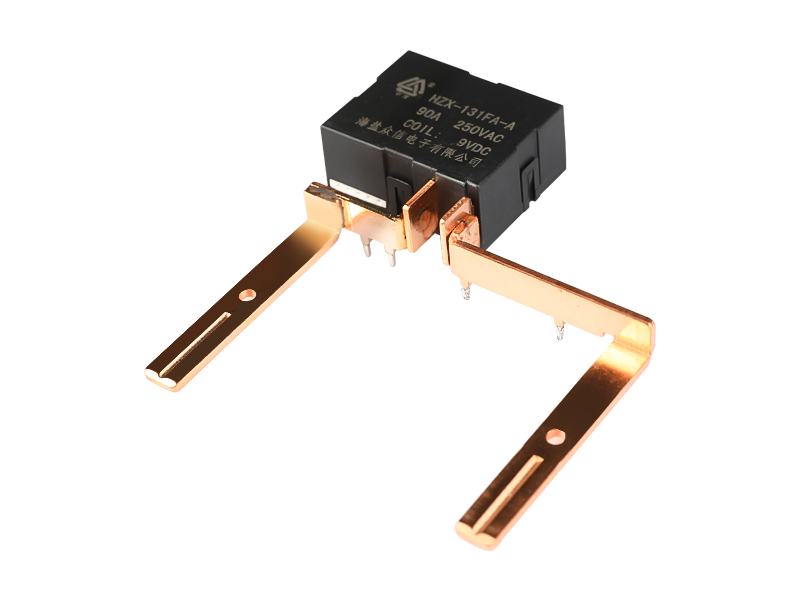As one of our common switching devices, relays belong to a class of controllable switches. Relays are widely used, especially in electrical control. Since there are more than one or two types of relays, they are sometimes confused. Next, let's learn about various relays.
In general, there are three types of relays that we use most often: general-purpose relays, control relays, and protection relays.
1. General purpose relay
Such relays are further divided into electromagnetic relays and solid-state relays, which have the function and function of protection and switch at the same time. Let's talk about the first one first. As a kind of general-purpose relay, the electromagnetic relay has only one coil, and this coil will generate a magnetic field as long as it is energized.
In this way, the armature of the relay will be attracted by this magnetic field, which will push it to act, and will also drive the contacts of the relay to act. Often electromagnetic relays can bring the following effects: normally open contacts are closed and normally closed contacts are disconnected. When there is no current through the coil, the armature of the relay will automatically return to its original state under the action of the spring, that is to say, the normally open and normally closed contacts will be reset.
In addition, there is also a general-purpose relay, a solid-state relay, which is somewhat different from an electromagnetic relay. This type of relay is a non-contact switch and has an electronic circuit inside.
2. Control relay
Such relays are our common types: pressure relays, intermediate relays, express relays, time relays, etc. Next, we will explain these kinds of relays one by one. Among these kinds of relays, the most widely used is the intermediate relay, because its function is to directly control the load. In addition to this role, it can also control the AC contactor to indirectly control high-power loads.
The time relay in the control relay is usually used to delay the circuit; the speed relay is mainly used for the reverse braking of the motor, that is to say when the motor is in the braking state and the speed is almost 0, we can By disconnecting the power switch, it can stop rotating; the pressure relay, as its name implies, is related to pressure, and its function is to sense pressure. After the pressure of the liquid has reached a set value, the contacts of the relay will act.
3. Protection relay
This type of relay belongs to the category of protection components, which can be divided into overload relays, temperature relays, voltage and current relays, and so on. What is a protective element relay? It is not difficult to understand, that is to say, the relay can be controlled by changing the state and value of factors such as temperature and voltage.
For example, taking a thermal relay as an example, when the motor is in an overload state, it is already far greater than the set value. In this way, the large current in the thermal element causes itself to overheat and deform and disconnect the contact. , so as to cut off the circuit to prevent the fault from expanding. After cooling for a period of time, the deformation of itself will slowly reset, and the circuit will be closed and turned on again. Of course, there are manual resets and automatic resets, which should be adjusted according to the needs of specific situations.









